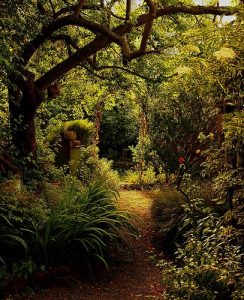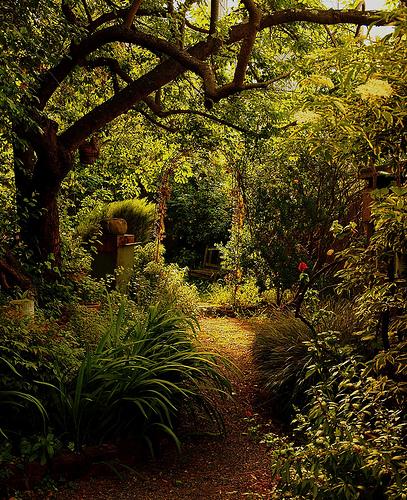Our trees are at their most spectacular in the summer. They take advantage of the longer, warmer days and moisture provided by the great British summer to maximise growth. At this time of year they support the most leaves and take up more space so the impact on their surroundings is at its peak.
Anyone planning a building project on a plot of land with trees will need to have a tree survey undertaken to ensure that they are protected both during and after the build. Having a summer tree survey is ideal because the full visual impact of the trees can be properly assessed.

Photo credit: Darwin Bell
Advantages
During a summer tree survey a licensed arboricultural surveyor will look at the tree in the landscape, noting its spread and the amount of shade it provides as part of its impact on the site. It’s important to use a specialist such as those employed nationwide by arbtech.co.uk. Carrying out the survey in summer means that it is easier to see just how big it will grow and whether this will have implications for a building project or other features in the landscape.
A surveyor will map out the site, noting the tree’s location, height and trunk size. From this information the surveyor will estimate the extent of the roots, along with the health and vigour of the tree. Signs of disease will be explored, as will the tree’s structural condition to ensure that it does not pose any risk. The age of the tree may be a factor here and the surveyor will give an estimate as to the tree’s life expectancy.
During summer, a tree structure can focus on the pattern of shade, the spread of leaves and the extent of flowers and fruit – together with the impact of the shade created. A winter survey on the other hand makes it easier to spot defects in the structure which might not be seen as easily when the tree has all its leaves in summer.
Recording Data
Measurements are recorded on a map or a geographic information system, which draws comparisons with other data from similar trees. The information gathered will also include the tree’s known history and whether it is subject to a tree preservation order (TPO). Trees in conservation areas are also subject to special protection. The surveyor will take all of this into account when drawing up the report. The context of the tree in its landscape is far more visible in the summer.
Whenever a tree survey is undertaken it is important that it is carried out by a qualified agricultural technician. Often, an expert can spot a problem with a tree before it is apparent to the untrained eye.
This means that action can be taken quickly if needed and you can be sure that you will get the right advice on any remedial action that might be required. Hopefully, spotting problems sooner rather than later will reduce the expense involved in treatment.

